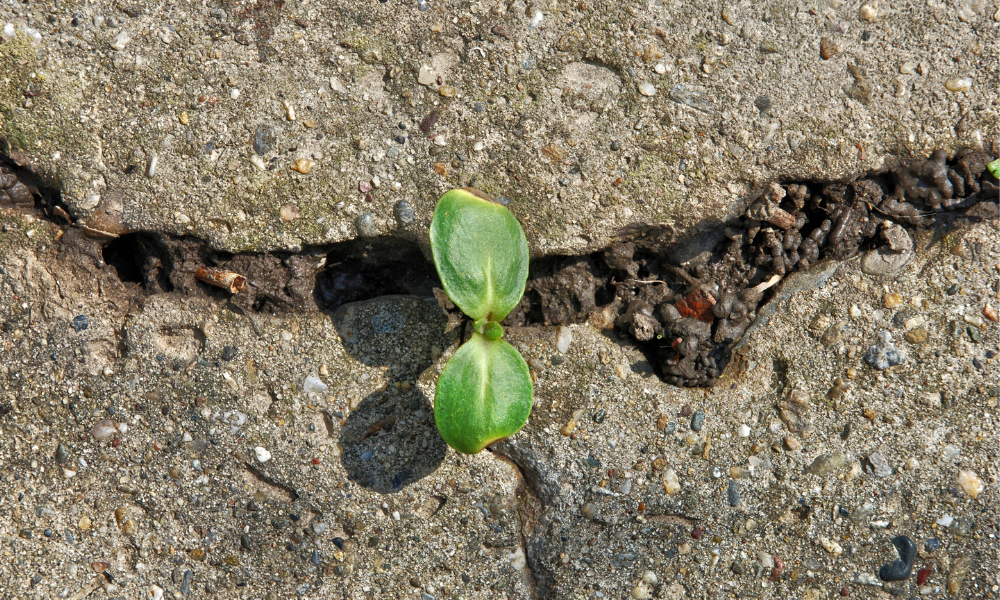
For more than a decade, stocks were in an upwards trajectory and it was easy for investors to make money investing in stocks. But with global economic growth slowing due to the COVID-19 pandemic, investors must now take a different approach when navigating the uncertain future ahead.
As Phase 2 of Singapore’s circuit breaker begins, here’s how investors can build resilience within their portfolios for a post-pandemic world.
Diversification is key
Diversifying your portfolio across asset classes, sectors and geographies is key to optimising risk-adjusted returns. Investing in a diversified portfolio helps you to spread out your investment risk because your portfolio assets don’t correlate with each other. This means that they tend to react differently to the same economic event (like a recession) and their performance differs from each other. When some of your assets perform poorly, others can bring profit.
One of the most common mistakes investors make is holding the majority of their portfolio in one or a few individual stocks. This exposes them to significant concentration risk. Think about Hyflux and the many investors who put their life savings into the company. Should a particular stock underperform, your portfolio can lose a large percentage of its value in just a short period of time.
A balanced, diversified investment mix like what Syfe’s global ETF portfolios offer can help investors build long-term wealth. Beyond stocks, bonds, and commodities, real estate is another valuable addition to further diversify your portfolio. The new Syfe REIT+ portfolio holds more than a dozen quality Singapore REITs within one portfolio. It tracks the SGX’s i-Edge S-REIT index, which measures the performance of the 20 largest REITs in Singapore.
The importance of asset allocation
The right asset allocation can help you achieve your financial goals sooner. Important to getting that ideal asset allocation is understanding your risk profile and how it can evolve over time. For instance, a new addition to the family or the decision to take an early retirement are factors that could change your risk tolerance.
A portfolio that is no longer in sync with your risk tolerance may potentially expose you to more losses than you are comfortable with. You may end up panic selling your investments amid the ongoing volatility, thus converting a paper loss to a permanent one.
Assessing your risk tolerance on a regular basis and adjusting your asset allocation accordingly can help ensure you stay on track with your goals. For a better understanding of your current risk profile, take this Risk Assessment.
The cost of holding too much cash
Keeping cash savings beyond your emergency fund means missing out on significant long-term returns. As central banks worldwide slash interest rates, popular high yield savings accounts like DBS Multiplier, OCBC 360, etc have cut their interest rates too.
To get a shot at boosting your net worth, you need to do more than just earn money and keep it in your bank. Yet, many Singaporeans are still keeping too much cash. Syfe’s Retirement Readiness Index found that 43% of all assets are still kept in savings accounts. More worrying is that 12% of respondents keep all of their cash in savings accounts.
Consider this: $20,000 kept in a basic savings account that offers interest of 0.05% per annum grows to a measly $20,100 after 10 years. But the same $20,000 invested for 10 years in a diversified, moderate risk Syfe portfolio could grow to $40,767.
To help you prepare for the next downturn, invest in financial instruments that will help you grow your money over time. There are many options to choose from – stocks, bonds, real estate investment trusts (REITs) and more. You can find investments that will fit your risk profile and financial needs, and even combine them to create a more diversified and safer portfolio.
Always keep investment costs to a minimum
Not exactly sure how much you’re paying in fees for your investment? It’s time to take a closer look if you wish to continue growing your wealth over the long term.
Let’s say you want to invest in Singapore equity funds. You find that both an Exchange Traded Fund (ETF) like the Straits Times Index ETF and a unit trust like the Aberdeen Standard Singapore Equity Fund meet your investment objective since they have similar holdings.
Dig deeper however and you’ll realise that there is a significant cost difference between them. The Aberdeen Standard Singapore Equity Fund has an expense ratio of 1.64% while the Straits Times Index ETF has an expense ratio of 0.3%. The 1.34% difference in expense ratio may not seem like much initially, but it’s important to remember that fees compound over time, just like investment returns. If you plan to invest $1,000 a month for a period of 20 years (assuming both funds generate 6% annual returns), the difference in expense ratio results in a $62,546 difference in portfolio value after 20 years.
That’s also a key reason why Syfe uses low-cost, global ETFs in all our portfolios. The average expense ratio of the ETFs we use is around 0.15% to keep fees as low as possible for our clients. High fees eat into your returns. With low-cost investments, you keep more of your returns instead of paying them out as fees.






You must be logged in to post a comment.